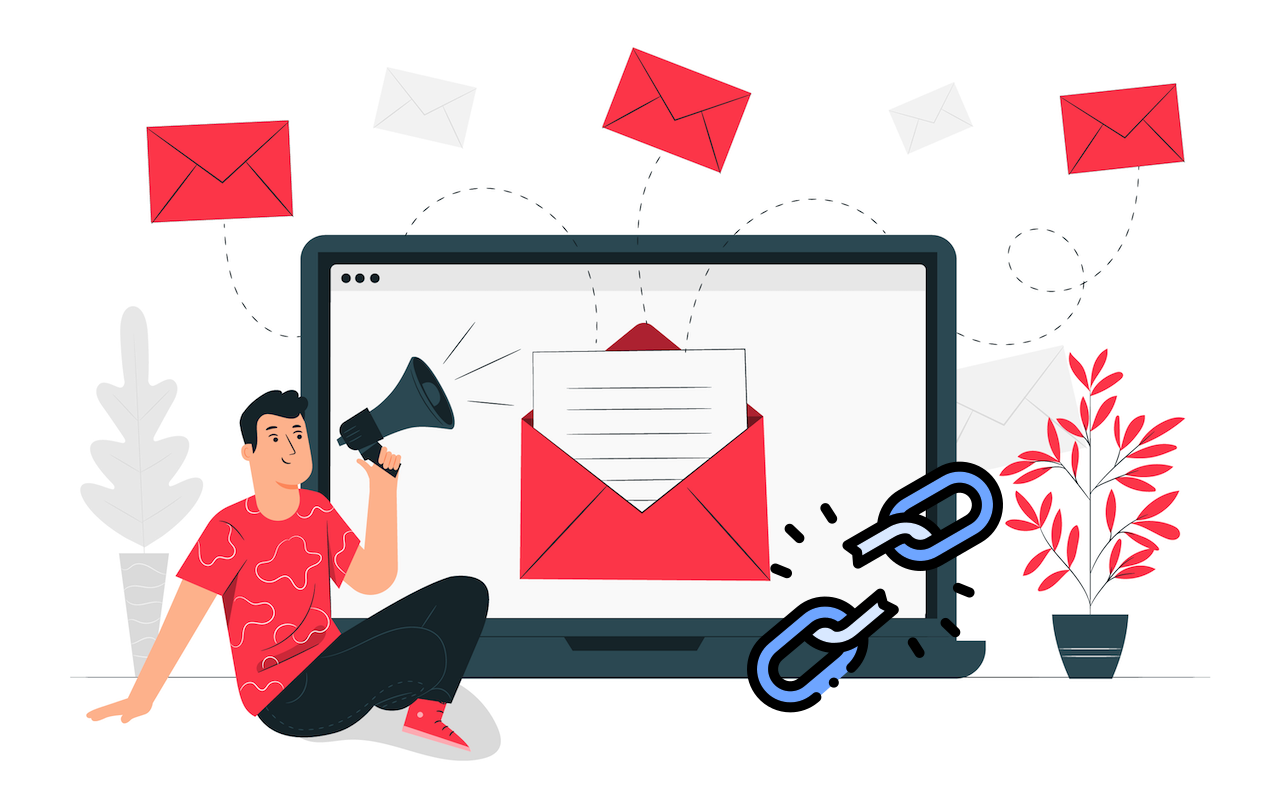
We all use email every day — for meetings, quick updates, and even business deals. It’s convenient, it’s fast, and it's second nature. But here’s the reality: when it comes to sharing sensitive documents, email is dangerously outdated and insecure.
Whether you’re a startup raising your next funding round, a legal team handling contracts, or a finance department sending private reports, email simply doesn’t offer the control, security, or reliability required for critical document sharing. In fact, in many cases, it’s the weakest link in your entire data protection strategy.
So why are so many companies still relying on it?
Let’s break down the risks — and what smarter businesses are doing instead.
The Real Risks of Email-Based File Sharing
1. You Lose Control the Moment You Click “Send”
Once a sensitive document leaves your inbox, it’s out of your hands. The recipient can forward it, download it, or store it on unsecured devices — and you likely won't know any of it is happening.
Whether it’s a pitch deck sent to investors, legal contracts with client data, or internal financial reports, lack of control is a major liability.
2. Phishing Makes Everyone Vulnerable
Email remains the top threat vector for cyberattacks. In fact, over 90% of security breaches start with a phishing email.
Even if your internal team follows best practices, you have no way to ensure that the external recipients you email — investors, vendors, legal counsel — do the same.
3. There’s No Real Audit Trail
When you send a document via email, you have no way to track who opened it, when, or how they interacted with it. Did they read it? Download it? Forward it?
This creates massive blind spots—especially in scenarios like fundraising, M&A, legal diligence, or compliance reviews, where visibility and accountability are non-negotiable.
4. Version Confusion Is a Time Bomb
We've all seen it: “Final_v2_ReallyFinal_EDITED_v3.pdf.”
Email threads quickly become a graveyard of outdated versions, incomplete attachments, or accidental edits.
This isn't just frustrating — it can lead to legal mistakes, outdated decisions, and compliance issues.
5. Email Encryption Is Often Incomplete
Many assume email is secure simply because it can be encrypted — but not all email encryption is equal. If the recipient's provider doesn’t support end-to-end encryption or if the file is downloaded and stored locally, the data becomes exposed.
Plus, most email systems were never designed to meet the strict standards of GDPR, SOC 2, HIPAA, or ISO 27001 compliance.
What’s the Alternative? Secure Document Sharing Through Virtual Data Rooms
Modern businesses — especially startups, law firms, and deal teams — are increasingly turning to virtual data rooms (VDRs). These are secure, cloud-based platforms purpose-built for sharing confidential information with full control, visibility, and peace of mind.
Here’s what a virtual data room offers that email simply can’t:
- Granular access permissions (who can view, download, print, or edit)
- Real-time activity tracking and audit logs
- Bank-level encryption and compliance with major standards
- Version control so everyone accesses the most updated file
- Built-in Q&A and comment tools to keep communication centralized
- Access expiration and remote file revocation for ultimate control
For founders sharing due diligence documents, lawyers sending contracts, or financial teams preparing audits, VDRs have become a standard — not a luxury.
Not Sure Where to Start? Compare the Best VDRs in One Place
If you’re considering upgrading from email to a virtual data room, the next step is choosing the right provider. There are dozens on the market — some built for large enterprises, others tailored for small teams and startups.
To make it easier, check out data-room-software.org, a resource dedicated to comparing the best virtual data room providers. You’ll find side-by-side comparisons of pricing, features, security standards, and ease of use — so you can choose a platform that fits your specific needs and budget.
It’s Time to Break Up with Email (for Document Sharing)
Let’s be clear — email isn’t going anywhere. It’s still great for scheduling meetings or saying thanks. But when it comes to sharing high-stakes, sensitive business documents, it’s no longer safe or smart.
In a world where trust, privacy, and precision are everything, how you handle information matters just as much as the information itself.
Virtual data rooms offer the control, visibility, and security that email was never designed to provide. And with affordable, user-friendly options now available even for startups and small teams, there’s no excuse to keep taking unnecessary risks.
So the next time you're about to hit “send” on a sensitive attachment — ask yourself:
Is this really the most secure way to do business?
If not, it’s time to upgrade your process — and protect what matters most.
Featured Image by Freepik.
Share this post
Leave a comment
All comments are moderated. Spammy and bot submitted comments are deleted. Please submit the comments that are helpful to others, and we'll approve your comments. A comment that includes outbound link will only be approved if the content is relevant to the topic, and has some value to our readers.

Comments (0)
No comment